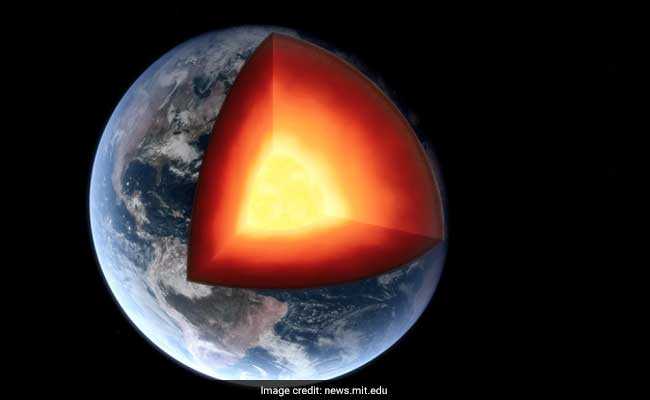Lagrange point is a district where gravity among Earth and Sun will kill. Outright balance is absurd since there are different bodies like the Moon, Mars, Venus, Mr Somanath said.
Mumbai: Aditya L1, the Indian Space Exploration Association’s sun based mission, will arrive at the Lagrange point 1 (L1) of the Sun-Earth framework on January 6, which will empower the rocket to see the sun with next to no obscurations, ISRO boss S Somanath said today.
The mission was sent off in September this year.
“Aditya L1 is nearly there now. Aditya L1 will arrive at Lagrange point on January 6 at 4 pm. We will have an exceptionally controlled consume of the driving force of Aditya L1 so it enters a circle called the radiance circle,” Somanath said at Techfest 2023, the Indian Establishment of Innovation Bombay’s yearly science and innovation occasion.
Lagrange point is a district where gravity among Earth and Sun will kill. Outright balance is unimaginable on the grounds that there are different bodies like the Moon, Mars, Venus, Mr Somanath said.
Each of the six payloads have been tried and “working wonderfully”, he said, adding all are giving generally excellent information.
“After the addition the satellite will be bound to take a gander at the Sun everlastingly for however long its gadgets inside are sound and prepared to communicate information. We desire to figure out a ton of relationship between’s the sun powered crown and mass launch and effect on space climate we are confronting regular,” Mr Somanath added.
On Chandrayaan-3, India’s lunar mission, Mr Somanath said following 14 days of its commitment of gathering information, the Pragyan wanderer is “dozing well indeed” on the lunar surface.
“It is resting always ever. Tragically, we were trusting it would awaken, yet it didn’t work out. At the point when we tried the entire framework in our lab, it was working,” he said.
Mr Somanath made sense of that a few frameworks that worked in the lab may not deal with the lunar surface because of different reasons like radiation.










+ There are no comments
Add yours